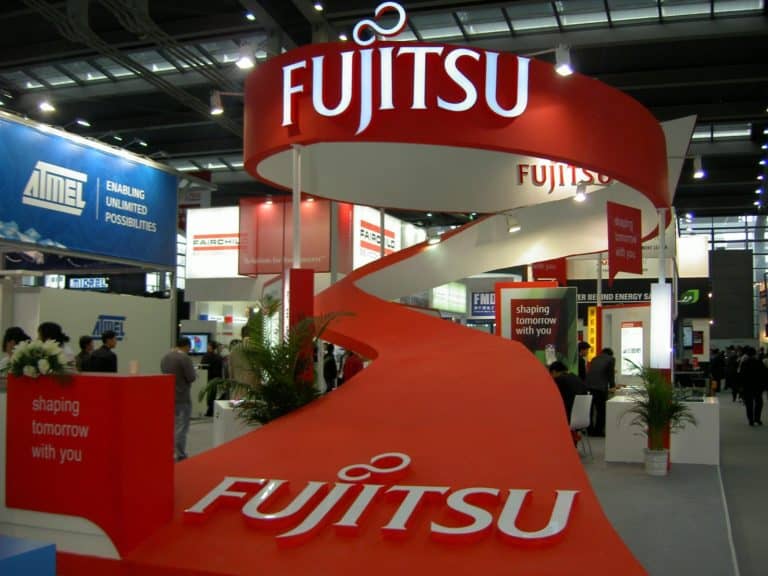Fujitsu Laboratories has unveiled a single-panel antenna designed to enable multiple 5G connections simultaneously at a small, energy-efficient base station. It could be used at, for example, train stations and stadiums. That’s what ZDNet reports.
The antenna offers speeds of over 10Gbps via four simultaneous 2.5Gbps signals. It uses the mmWave 28GHz 5G spectrum band as well as 128 antenna elements and 16 chips that fit into a single square, 13-cm circuit board.
The company explains that conventional 5G system structures require the use of an antenna panel for each terminal if it wants to transmit to multiple terminals simultaneously. By managing the angle of the signals transmitted separately via 128 antenna elements with high accuracy, Fujitsu Laboratories was able to suppress the interference between the signals.
Fujitsu continues: “At the moment, we are trying to avoid interference during communications with multiple users at the same time, by configuring base stations to use multiple antenna panels that correspond to the number of simultaneous users. In order to reduce the number of items that can be used anywhere, the best option is to offer multi-directional broadcasts with a single antenna panel.”
To make this possible, the company has created a phased array chip that is capable of regulating the angle of a signal with an accuracy of a degree or less from the antenna element. For every eight antenna elements there is a phased array chip in the antenna. In addition, the company uses circuits that detect the differences in the angles between the chips, making it possible to manage the angles with high accuracy.
The aim is for the technology to become commercially available in 2021.
Ericsson
Fujistu announced last month that it would start a partnership with Ericsson in the field of 5G. The two companies intend to provide an end-to-end 5G network as well as related services. The services and systems are at first only provided on the Japanese market, but later come to customers all over the world.
This news article was automatically translated from Dutch to give Techzine.eu a head start. All news articles after September 1, 2019 are written in native English and NOT translated. All our background stories are written in native English as well. For more information read our launch article.